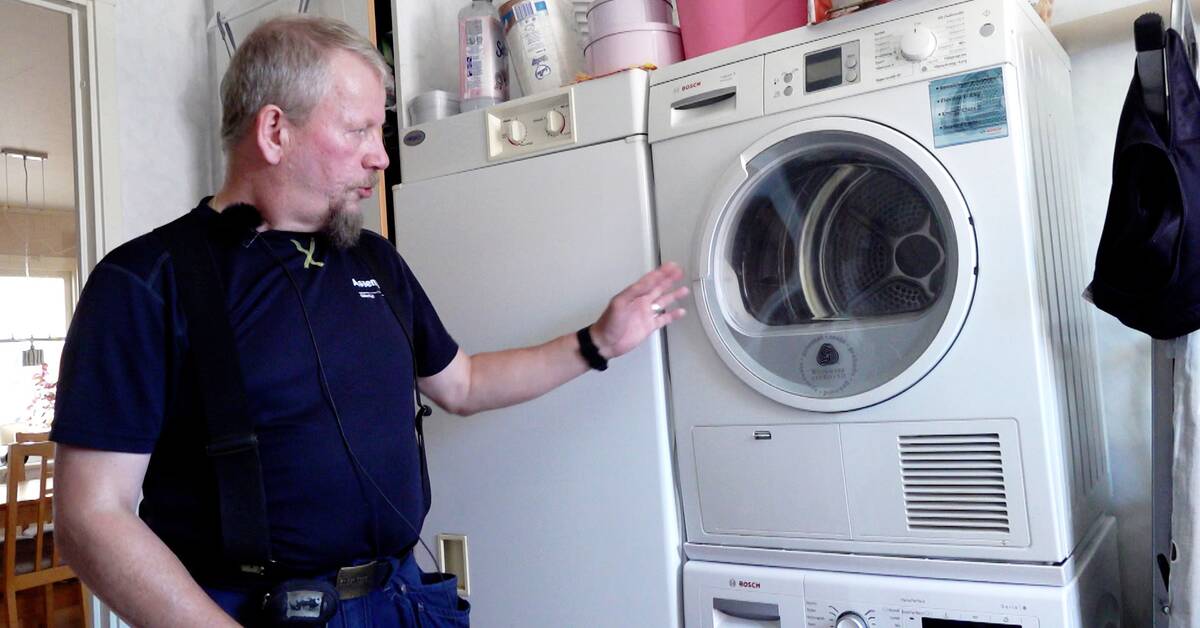Fortum has seen a strong increase in interest in signing hourly rate agreements, and Vattenfall states that the proportion of customers with hourly rates has increased from 5 to 7.5 percent over the past six months.
- We have seen a large increase from low levels.
Hourly price agreements have existed for a long time, but in 2022 it has accelerated, says Jonas Stenbeck, private customer manager Vattenfall Norden.
Fluctuating electricity prices
The reason for the great interest is partly that the price of electricity has skyrocketed in the past year and partly that the price of electricity fluctuates more and more, especially in southern Sweden.
Then there is more to save by using electricity when it is cheap, especially during late evenings and nights.
The greatest interest in changing to an hourly rate is among villa owners.
- We know that the largest part of a household's energy use is heating and hot water, so if you live in a house where you can shift your energy use, you can absolutely save, says Per-Oscar Hedman, Head of Communications, Fortum Sweden.
Can be more expensive
Eon, which has many customers in southern Sweden, does not want to state how many customers have switched, but says that interest has increased significantly and that the share is increasing.
But sales manager Emma Borgström warns that hourly price agreements can become more expensive for the customer if you don't follow the electricity price and adjust your consumption.
- It is important for the customer to understand that you have to make an effort for it to make a difference for you.
Can you move consumption, and are you willing to do so?
Otherwise, there is a risk that you will receive a higher price if you maintain "wrong" behavior in relation to the price, she says.
Can prevent rationing
In addition to the electricity customer himself being able to save some money, the pressurized electricity system can benefit from hourly metering.
If many people move their consumption to the night, the risk of power shortages decreases when needs are greatest and when there is a risk of rationing.
Economics professor John Hassler has suggested that all customers should have hourly rates to help cut power peaks.
- The basic idea for all markets is that when there is a shortage of a good, the price of it must also be high.
What then happens is that people take care to reduce their use, he tells SvD.

